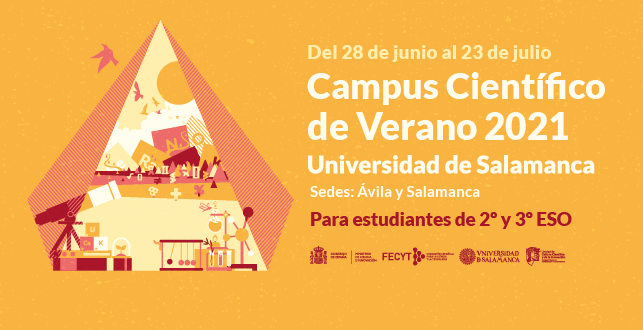Soon….
MOOC “Mapping of renewable energies for a network of distributed resources”
Renewable energies are the main energy alternative for the decarbonisation process necessary for the slowdown of global warming. In this course, we will present the main renewable energy resources, as well as the existing methodologies for the study of  their spatial distribution, the web publication of the generated geospatial information and its exploitation.
their spatial distribution, the web publication of the generated geospatial information and its exploitation.
It is intended to provide the student with complete knowledge for the management of the exploitation of renewable resources, especially focused on the establishment of distributed energy networks, in which production is located near the demand points. The principles of the main renewable energy resources will be analyzed, as well as the components of their facilities and the possibilities of combining them (for example, joint exploitation of solar energy and geothermal energy). The main models that govern the behavior of each resource will be presented, as well as its application in order to obtain energy potential maps. The interpretation and enhancement of these maps will be carried out through the presentation of the main web programming languages, formats and standards for information exchange, so that the student learns about the exploitation of renewable energies and strategies for the publication of the data.
Thus, this course is designed to answer 4 fundamental questions:
What energy alternatives are there?
How can we optimize the use of the renewable energy resource available in each location?
What strategies allow us to provide the user with knowledge about the use of renewable energy in their location?
What technologies exist to maximize the use of different renewable resources?
These are the questions that define the design of the MOOC, and to which we will try to respond through the different modules that make it up.
CONTENS
The contents of the course have been structured in five modules, according to the different topics to be dealt with in the course. Each module is prepared for a week’s dedication. The modules are the following:
- Module 1: Types of energy networks: centralized vs distributed. In this module, we will deal with the main energy supply strategies and energy network design modalities, analyzing the advantages and disadvantages of each of them, especially focused on achieving sustainable development.
- Module 2: Renewable energies for distributed resource networks. This module will present the principles of solar energy, wind energy, hydro power, geothermal energy and biofuels. The physical principles that govern their behavior and distribution will be discussed, as well as the characteristics to be met by the optimal locations of use in each case.
- Module 3: Observation of the earth and its resources. The available sources of information will be presented to obtain information about Earth’s energy resources and their spatial distribution. In this way, they include, on the one hand, all the types of satellite information available for observing Earth’s energy behavior; and on the other hand, the types of geospatial information that allow us to know the three-dimensional reality of the Earth.
- Module 4: Generation of maps of energy resources. In this module, the methodologies for processing information on earth observation and geometry will be presented, with the aim of generating three-dimensional terrain models with quantitative information on the potential of the energy resource. In addition, the different applications available for the web publication of the maps of energy resources generated, as well as the different types of complementary information, will be discussed.
- Module 5: Technology for the use of renewable energies. In addition to the traditional facilities for energy use of renewable resources, in this module we will talk about the existing technology for the joint use of two different resources, such as the photovoltaic solar resource and the wind resource, on the one hand, and the solar resource thermal and geothermal resource, on the other. Also, at transport level, the characteristics and types of engines and machines that work with biofuels will be discussed, and their differences with respect to engines that work with conventional fossil fuels.


